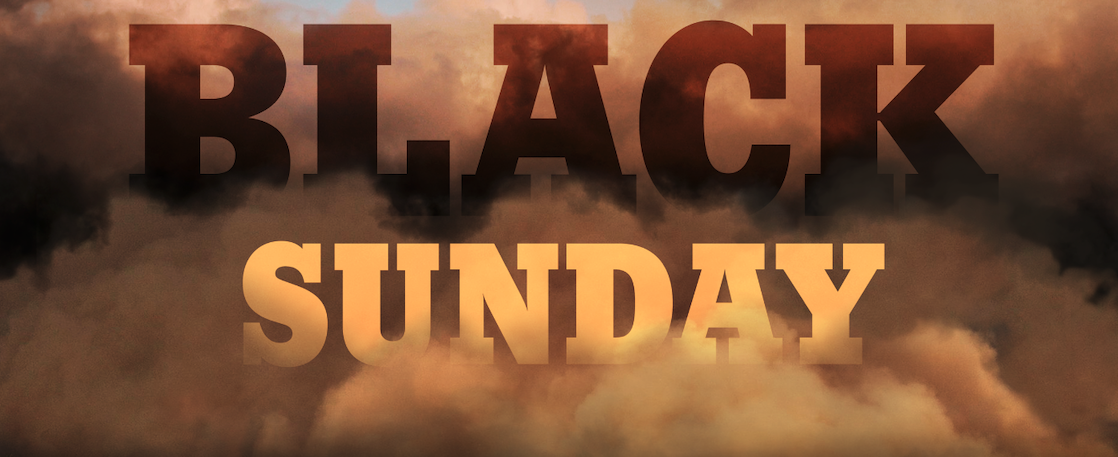COURTESY OF CATHERINE GLEASON HATTRUP
Catherine Hattrup at age 5
Nine-year-old Catherine Hattrup was sure the world was coming to an end.
It was Sunday, April 14, 1935, and Catherine was enjoying a quiet afternoon at her grandmother’s house in Hodgeman County, Kansas. Suddenly, Catherine’s grandmother rushed inside.
“Oh my!” she cried. “There’s a terrible black cloud. And I have no idea what it is!”
For hundreds of miles around, people saw the same horrifying sight: a mountain of boiling blackness churning through the sky.
Was a violent thunderstorm closing in? Was a massive tornado about to strike?
In fact, it was a dust storm—the biggest in U.S. history. Three hundred thousand tons of dried-up soil had been swept into the sky. It had formed a swirling cloud of dust more than 200 miles wide. Now that cloud was speeding across the land at 65 miles per hour, causing misery and destruction wherever it went.
What had caused this horrifying storm? And what would happen to Catherine and her grandmother when it hit?


